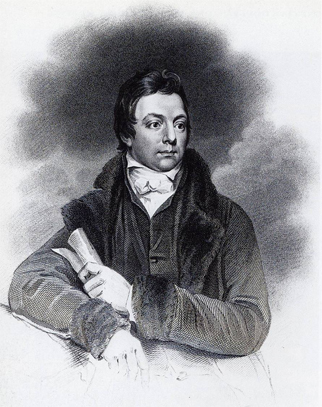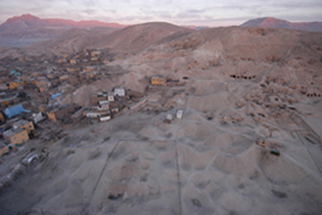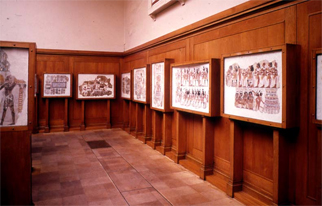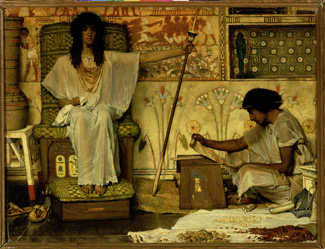8 How the paintings were obtained
The British Museum display of paintings from the tomb-chapel of Nebamun consists of eleven fragments from the original scheme of paintings covering the walls of the rooms, of which there were probably two.
The paintings were discovered in a tomb-chapel on the west bank of the Nile near Luxor in 1820 by the Greek, Giovanni d’Athanasi, who was working as a collector of ancient Egyptian artefacts for the British diplomat Henry Salt (1780–1827) (Figure 12).

No precise record of their location was made, though Egyptologists now believe it to have been in the area of Dra Abu el-Naga (Figure 13), close to the more famous Valley of the Kings, forming part of the large Theban necropolis. More than a thousand of these non-royal burials have been discovered (compared to 63 tombs in the Valley of the Kings itself), and that of Nebamun has never been found again. Salt died in 1827 and d’Athanasi – who was turned down for employment by the museum – seems simply never to have been asked exactly where they came from.

By 1821 the main/major surviving fragments were in London at the British Museum (Figure 14). In the next decade, due to their fragility, they were separately mounted in plaster and displayed in frames, much like the conventional western paintings of the time, and were placed against gallery walls among an array of other artefacts. They continued to be shown in that way throughout the twentieth century.

Initially the Victorian scholars seem not to have been able to permit themselves to regard the Egyptian paintings as (nor indeed, to pay Salt fully for) works of ‘fine art’. However, Victorian artists used them as models for their own Orientalist paintings (Figure 15), and as the canon of ‘art’ has expanded beyond the confines of the Classical tradition per se, we have indeed come to regard them as ‘art’ in our terms.

